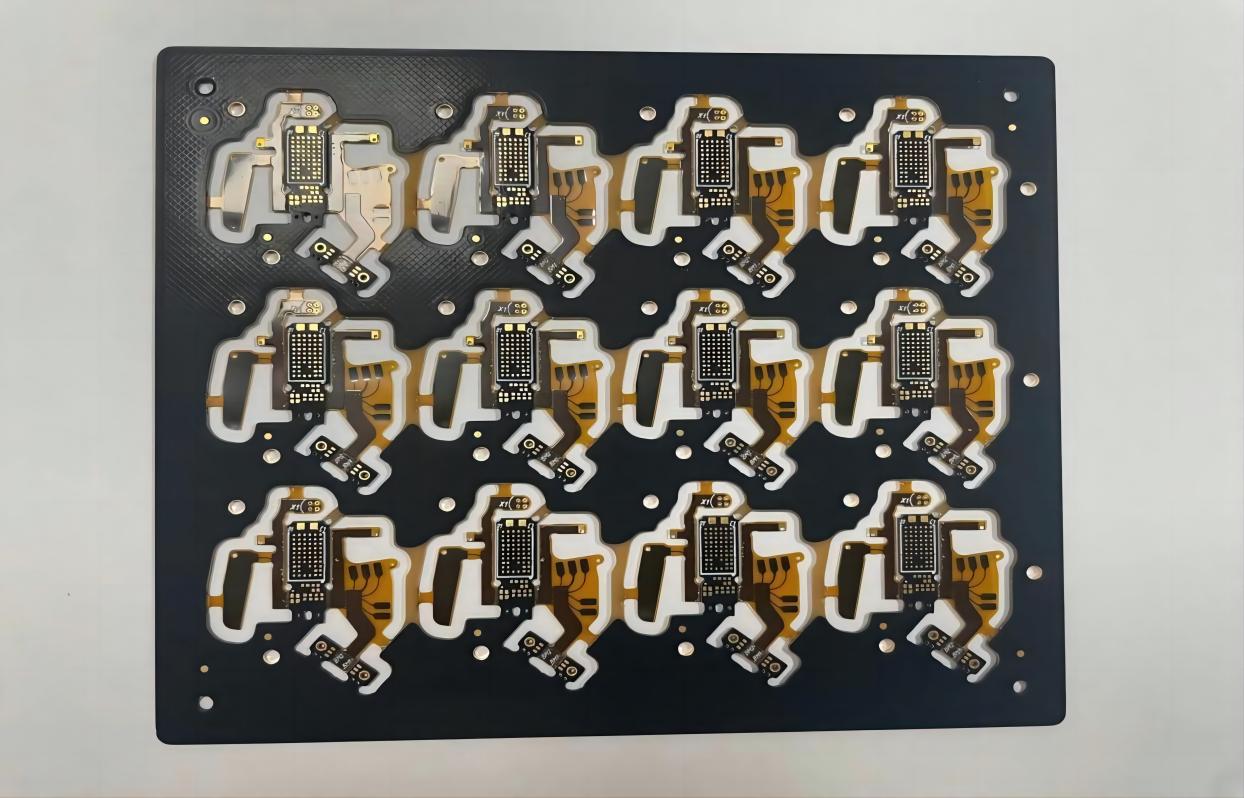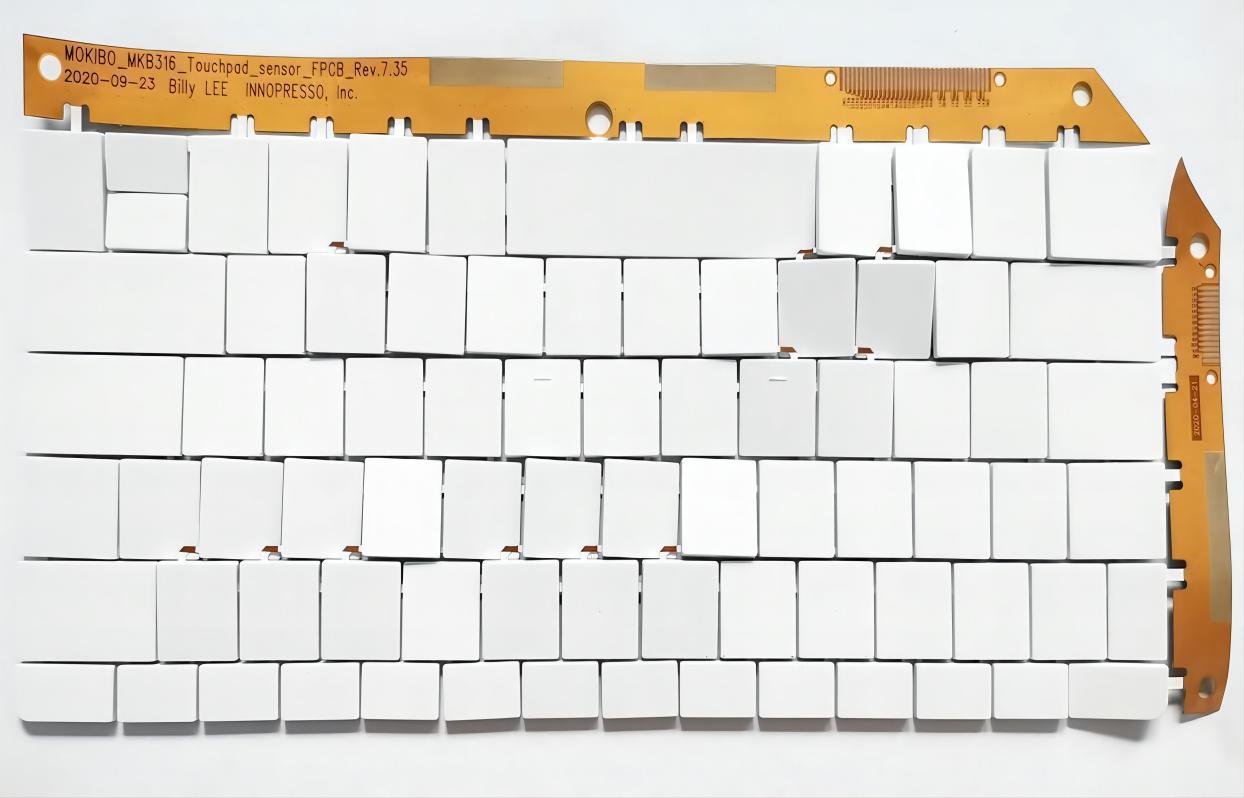
Flexible Printed Circuit (FPC) is a type of printed circuit board (PCB) that is designed to be flexible and lightweight, making it ideal for use in a wide range of electronic devices, such as smartphones, tablets, and wearables. FPCs are made of thin, flexible, and lightweight materials, such as polyimide, that allow them to bend and conform to the shape of the device in which they are used.
FPC Design
FPC design is the process of creating a flexible printed circuit that meets the specific requirements of a particular electronic device. FPC design requires a deep understanding of the capabilities and limitations of flexible materials, as well as the unique design constraints of the device in which the FPC will be used.
One of the key factors that must be considered when designing an FPC is the bend radius. The bend radius is the minimum radius that an FPC can be bent without damaging the circuit or the components attached to it. This is an important consideration because many electronic devices have a limited amount of space in which to house the FPC, and the FPC must be able to bend and conform to this space without breaking or failing.
Another important consideration when designing an FPC is the choice of materials. The materials used in an FPC must be flexible, lightweight, and durable, and they must be able to withstand the environmental conditions in which the device will be used. For example, an FPC used in a wearable device must be able to withstand exposure to sweat, water, and other environmental factors without failing.
In addition to the physical characteristics of the FPC, the design must also take into account the electrical requirements of the device. This includes factors such as the voltage, current, and signal requirements of the components that will be attached to the FPC. The design must ensure that the FPC can support these requirements without overloading or damaging the circuit.
FPC Production
FPC production is the process of manufacturing flexible printed circuits. FPC production requires specialized equipment and expertise to ensure that the FPCs produced are of high quality and meet the specific requirements of the device in which they will be used.
The first step in FPC production is to create a design for the FPC. This is done using specialized software that is designed to take into account the unique characteristics of flexible materials. Once the design has been created, it is sent to a manufacturer who specializes in FPC production.
The manufacturer then creates a prototype of the FPC to ensure that it meets the design specifications. Once the prototype has been approved, the manufacturer begins mass-producing the FPCs. This is done using specialized equipment that is designed to handle the delicate and flexible nature of FPCs.
One of the key advantages of FPC production in China is the availability of specialized equipment and expertise. China has a long history of producing electronic devices, and this has led to the development of a highly skilled workforce that is well-versed in the production of FPCs. In addition, many of the leading FPC manufacturers in China have invested heavily in the latest equipment and technology, which allows them to produce high-quality FPCs at a lower cost than many of their competitors.
FPC Assembly
FPC assembly is the process of attaching electronic components to an FPC. This is done using specialized equipment that is designed to handle the delicate and flexible nature of FPCs. FPC assembly is a complex process that requires a high level of expertise and precision.
The first step in the FPC assembly process is to prepare the FPC itself. This involves cleaning and inspecting the FPC to ensure that it is free from any defects or contaminants that could affect its performance. Once the FPC has been prepared, the electronic components are attached to it using specialized equipment.
One ofthe challenges of FPC assembly is the need for precision in attaching the components to the FPC. This is particularly true for small, compact devices where the components may be tightly packed together, and there is little room for error. In addition, the flexible nature of FPCs means that they may require special handling during assembly to avoid damage or deformation.
One way to address these challenges is through the use of automated assembly equipment. Automated equipment can be programmed to precisely place the components on the FPC, reducing the risk of human error and ensuring a high level of precision. In addition, automated equipment can handle the delicate and flexible nature of FPCs, reducing the risk of damage during assembly.
Another challenge in FPC assembly is the need for high levels of quality control. Because FPCs are used in a wide range of electronic devices, any defects or failures in the FPC could have serious consequences. For example, a failure in an FPC used in a medical device could have life-threatening consequences.
To address this challenge, manufacturers use a range of quality control measures, including rigorous testing and inspection of the FPCs during and after assembly. This may involve using specialized equipment to test the electrical performance of the FPC, as well as visual inspection to identify any defects or anomalies.
FPC Assembly in China
China is one of the leading manufacturers of FPCs and is home to many of the world's leading FPC manufacturers. FPC assembly in China is characterized by a high level of expertise and specialization, as well as the availability of advanced equipment and technology.
One of the key advantages of FPC assembly in China is the availability of a skilled and experienced workforce. Many of the leading FPC manufacturers in China have been in the business for decades, and they have developed a deep understanding of the unique challenges and requirements of FPC production and assembly. This expertise allows them to produce high-quality FPCs that meet the specific requirements of their clients.
In addition, many FPC manufacturers in China have invested heavily in advanced equipment and technology. This includes automated assembly equipment, specialized testing and inspection equipment, and advanced software and design tools. This investment in technology allows Chinese FPC manufacturers to produce high-quality FPCs at a lower cost than many of their competitors.
One of the challenges of FPC assembly in China, however, is the need for quality control. With so many FPCs being produced, it can be difficult to ensure that every single FPC meets the required standards of quality and performance. To address this challenge, many FPC manufacturers in China have developed rigorous quality control procedures that involve testing and inspection at every stage of production and assembly.
Another challenge of FPC assembly in China is the potential for intellectual property theft. Because FPCs are used in a wide range of electronic devices, they are often subject to intense competition and pressure to reduce costs. This can sometimes lead to unauthorized copying or theft of intellectual property, such as FPC designs or manufacturing processes.
To address this challenge, FPC manufacturers in China have developed strong intellectual property protection measures, including patents, trademarks, and trade secrets. In addition, many manufacturers have developed close relationships with their clients, which allows them to work collaboratively to develop unique solutions and products that are protected by intellectual property rights.
Conclusion
Flexible printed circuits (FPCs) are a critical component in many electronic devices, and their unique characteristics make them ideal for use in a wide range of applications. FPC design, production, and assembly require a high level of expertise, precision, and attention to detail, and China has emerged as a leading center of excellence in this field.
The availability of a skilled and experienced workforce, as well as advanced equipment and technology, has allowed Chinese FPC manufacturers to produce high-quality FPCs at a competitive cost. However, FPC assembly in China also presents unique challenges, such as the need for rigorous quality control and protection of intellectual property rights.
Despite these challenges, FPC assembly in China is expected to continue to grow in importance in the coming years. The increasing demand for electronic devices, particularly in the Asia-Pacific region, is expected to drive demand for FPCs, and China's strong capabilities in FPC design, production, and assembly position it well to meet this demand.
As FPC technology continues to evolve, with new materials and design techniques being developed, it is likely that the demand for FPCs will only continue to grow. This will require FPC manufacturers to continue to invest in advanced equipment and technology, as well as in the skills and expertise of their workforce, to ensure that they can continue to produce high-quality FPCs that meet the evolving needs of their clients.
In conclusion, FPC design, production, and assembly are complex processes that require a high level of expertise and attention to detail. FPCs are critical components in many electronic devices, and their unique characteristics make them ideal for use in a wide range of applications. FPC assembly in China has emerged as a leading center of excellence in this field, thanks to the availability of a skilled and experienced workforce, advanced equipment and technology, and strong intellectual property protection measures. As demand for FPCs continues to grow, FPC manufacturers in China will need to continue to innovate and invest in order to meet the evolving needs of their clients and to maintain their competitive advantage in this important field.


